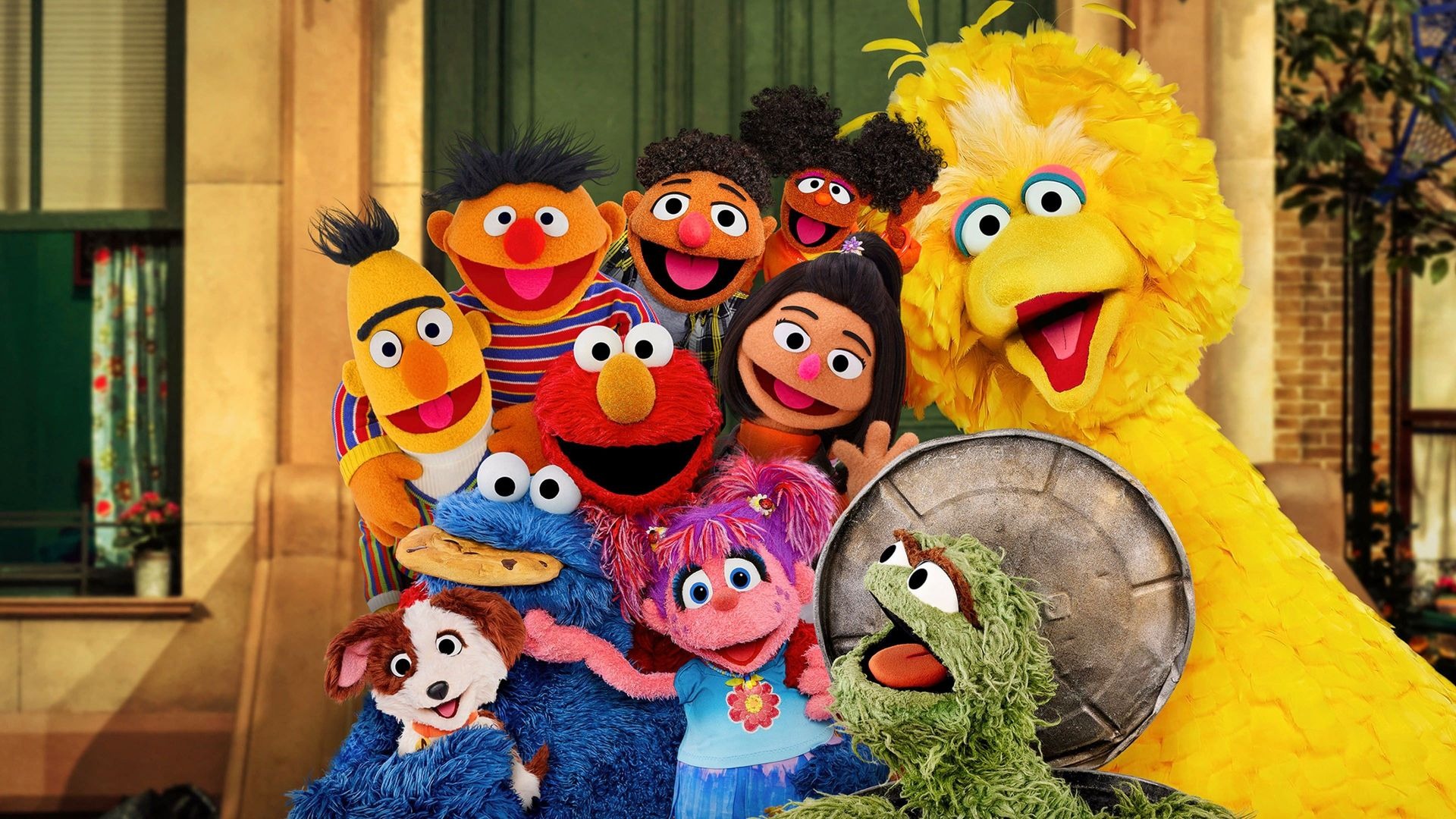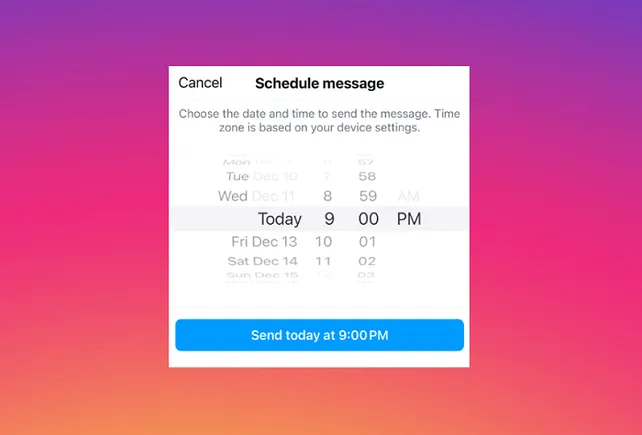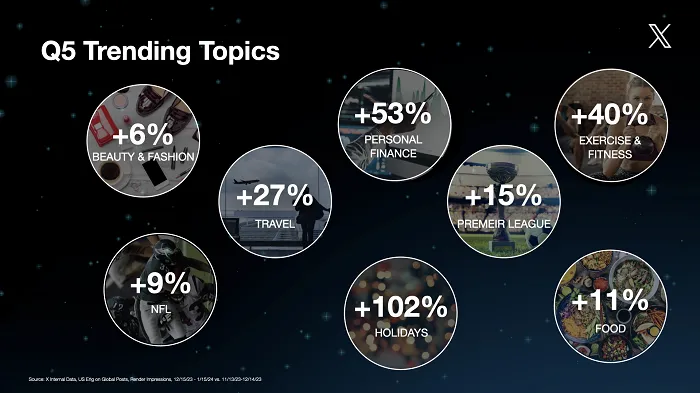Meta’s Threads app has struggled to gain market share from its larger rival, X, despite a promising launch that quickly garnered 100 million signups. But, how the platforms combat misinformation about the conflict between Israel and Hamas could become a tipping point in boosting Threads’s traction.
Twitter has a chance to benefit Threads
The User Experience on X
The search results I found for the Gaza Conflict were a comparison of several key words.
On X, the results in the “Top” tab were all posts from individuals with no apparent credentials and no more than a few thousand followers. All of these posts had a political bent, some supporting Hamas and others detailing Hamas atrocities. These posts are stuffed full of hashtags that may be misspelled to make them more discoverable and shareable.
Banner 3
Notably absent among these “top” results were posts from major news organizations, recognizable journalists, or actual political leaders.
Mark Cuban, billionaire entrepreneur and the most internet-savvy Shark Tank star, said on Threads, “Twitter is a cesspool of misinformation on Israel/Gaza.”
This statement was a good match for my experience. Most of the posts that I read were biased, promoting a particular point of view with no credible source to back up their claims. Others have deemed some videos to be altered.
News Discovery Limited
Further diminishing the impact of links to news stories is Musk’s removal of headlines from posts. A link to an article on another site now shows an article image with the domain watermark, but without a headline. Since it looks nearly identical to an image post that doesn’t link to external content, it’s not evident that clicking the photo will lead to a full story. Musk claims that this was done to make posts look better, but the end result is fewer people clicking on external links.
Contrast of the Threads
When searching for Gaza on Threads, you’ll find results from The Washington Post and various news outlets and journalists, including Reuters, Sky News and CNN. These results often linked to more detailed coverage of the topic.
The search results can be filtered to show posts made by specific members. The majority of these posts are thoughtful and considerate, no matter what opinion the poster has on the Gaza conflict. There was no obvious misinformation, or language that would be considered extreme.
Threads does not have hashtags. Therefore, there are no hashtags on any of the posts. While theoretically one could stuff a Threads posts with keywords, it’s not clear whether that would improve its discoverability. No keyword-stuffed threads appeared in my search.
If X became a street fight, Threads looks more like a quiet reception or networking occasion.
Are Threads a good way to gain market share?
If more users become disillusioned with Twitter’s combative environment and abundance of unreliable information, Threads could have an influx of new users.
The current trend in the industry is not very encouraging. According to Similarweb, in September Threads.net had just 45 million visits compared to nearly 6 billion for Twitter.com, X’s primary domain. There was one bright spot in the Web data for Threads: their visits rose by 5% from the preceding month while Twitter’s dropped 8%.
The differences in app usage are significant. Similarweb’s Top Apps list shows X as #4 in usage vs. Threads at #7, up one spot from the previous month. Threads has a higher download ranking than X, at #4 vs.#6.
Why Isn’t Threads Growing Faster?
It is because of the network effect that Threads remains far behind X. More people using the app means more engagement for other users. A user who posts repeatedly and receives no comments or likes may decide to stop using or checking the app. If a user receives a lot of feedback, they are likely to increase their usage. At the moment, Threads doesn’t have the number of very active users to produce engagement like X does.
Threads’s growth has also been held back by its lack of features. The app’s web version was not available for over a month. There are few sharing options. You can share this article on X with a click on the icon near the top, but to share on Threads you’ll have to copy the article URL and paste it into the app or website. I can embed a tweet (or, more precisely, an X post) in this article, but Threads doesn’t yet permit that. Other technical restrictions make it difficult to share Threads content with others or even photos.
What are the current topics?
Reportedly, Threads will soon introduce a trending topics feature like X’s. It will allow users to stay up-to-date with the latest news, and the most popular topics. This is likely to increase the time they spend on the website or app.
The downside of this feature is the risk to Threads’s congenial environment. Users hijack keywords or hashtags to create unrelated content.
Currently, neither X’s algorithm nor moderation seems to be able to control the spam or ban the users responsible for it. Apparently, Musk’s quest for better post aesthetics hasn’t found posts that contain multiple lines of blue-linked spammy hashtags as unattractive as a linked article headline.
The Success of Threads
X appears to be particularly vulnerable right now. Spam and negativity are on the rise. Changes, from renaming to “X” to dropping article headlines, are made at the Musk’s whim rather than because users wanted them.
To overcome X’s considerable network advantage, Threads must keep rolling out improvements to the user experience. Threads must make external sharing as easy as Facebook or X. It must be very easy to discover content and other users. Simple changes, such as the clipboard image uploading feature, will encourage users to add more content.
The most important thing for Threads is to keep its uniqueness: an environment free of spam, misinformation, and hostility. Threads needs to be a place that is truly different when users are tired of partisan yelling. Both the current Gaza Conflict and the U.S. Presidential Election offer an opportunity to differentiate the applications.






































































